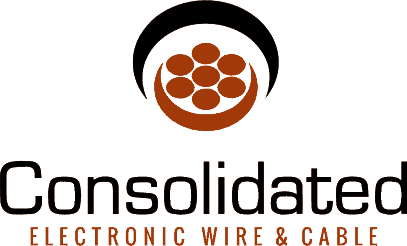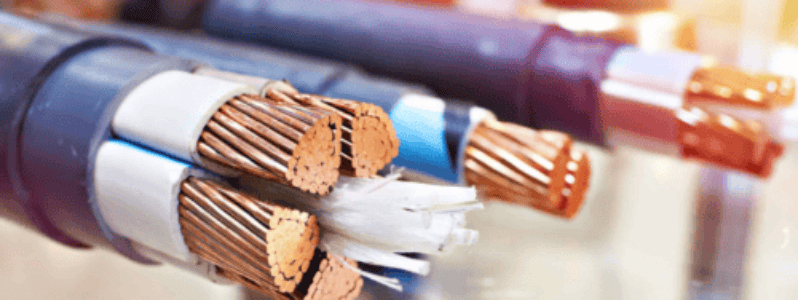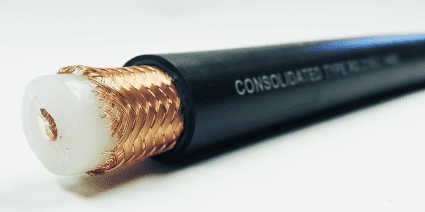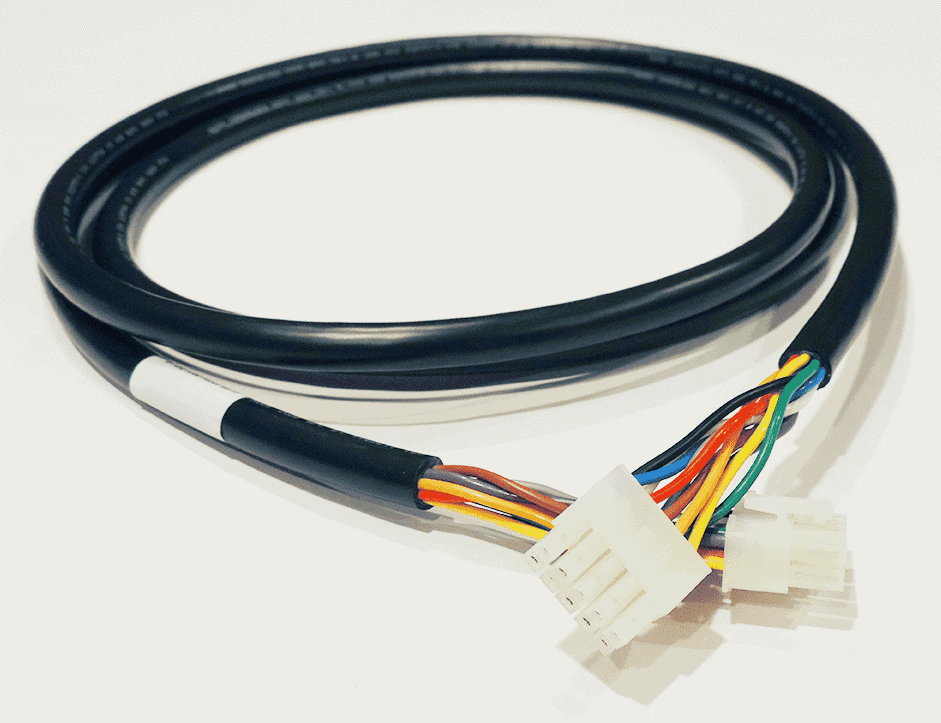Wire and cable manufacturing was an $18 billion industry in 2019. Driven by international trade, the market value has increased steadily over the last five years. A variety of industries, including consumer goods, construction, telecommunications, and utilities, depend upon these manufacturers for fiber-optic cable, electronic and telecom wire, and insulated nonferrous wire for use in computer networking, security services, signalization, and so much more.
Industry Standards and Certifications
Any cable or wiring project requires high-quality materials and installation if it’s going to be successful. Manufacturers committed to maintaining the highest production standards hold several certifications and stay compliant with international guidelines. You’ll want to make sure your chosen manufacturer is associated with these standards and certifications:
- RoHS:The Restriction of Hazardous Substances Directive restricts hazardous material usage in electrical equipment and components. Any product compliant with this directive uses eco-friendly alternatives to toxic substances.
- ISO 9001: The International Organization for Standardization offers management system standards that help companies of all sizes consistently ensure high-quality goods and services for their customers. When a company meets these standards, it indicates their products are safe, reliable, and can be used as intended.
- Total Quality Management: A TQM approach to management focuses on creating satisfied customers via eight principles. The entire organization—from owners and high-level managers to he newest employees—are committed to processes and the goals of the organization.
Pricing Information
Cost within the wire and cable industry is a moving target since it is dependent on several factors:
Raw Materials
It can be difficult to predict the growth or decline of the wire and cable market because it requires an accurate prediction of the cost of raw materials, which can vary greatly over time. Rubber, copper, aluminum, thermoplastic, thermosets, and other plastics are used in wire and cable. Their costs, along with the ever-changing energy costs associated with their production, influence the final price.
Government Tariffs
The worldwide demand for wire and cable drives the market, but government tariffs can drive up the cost on imported goods. When the U.S. dollar is strong in comparison to trade partner currencies, importing to the U.S. becomes more affordable while consumers in the partner countries face higher prices.
Cost Per Component Pricing
The cost-per-unit becomes more affordable if you buy in bulk, as any company that is focused on cost-effective practices will offer a discount on bulk purchases. For smaller projects or projects where you know exactly how much wire is required, purchase by the foot so you have exactly what you need and avoid waste.
Supply Chain: Understanding the Big Picture
The journey from raw materials to the end user is a long one, but each step is important. A disconnect in one area can break the entire chain, causing extra expense, time delays, or other inconveniences for manufacturers and consumers. Trusted manufacturers insist on working with sources and other companies who are equally committed to international safety and quality standards.
Consolidated Electronic Wire & Cable’s Industry 101 eBook
Since 1919, Consolidated Electronic Wire & Cable has been leading an ever-evolving wire and cable industry. Our ability to adapt to customer needs has contributed to that success and we continue to stay on top of industry trends and developments to best serve our customers.
With that in mind, the experts at Consolidated have created our newest eBook, “Wire & Cable Industry 101,” to offer a complete overview of the industry. We cover the topics mentioned above and more in greater detail, offering a great resource for anyone who is new to the wire and cable market. Download your copy today.




 () Quote Cart
() Quote Cart




Comments are closed